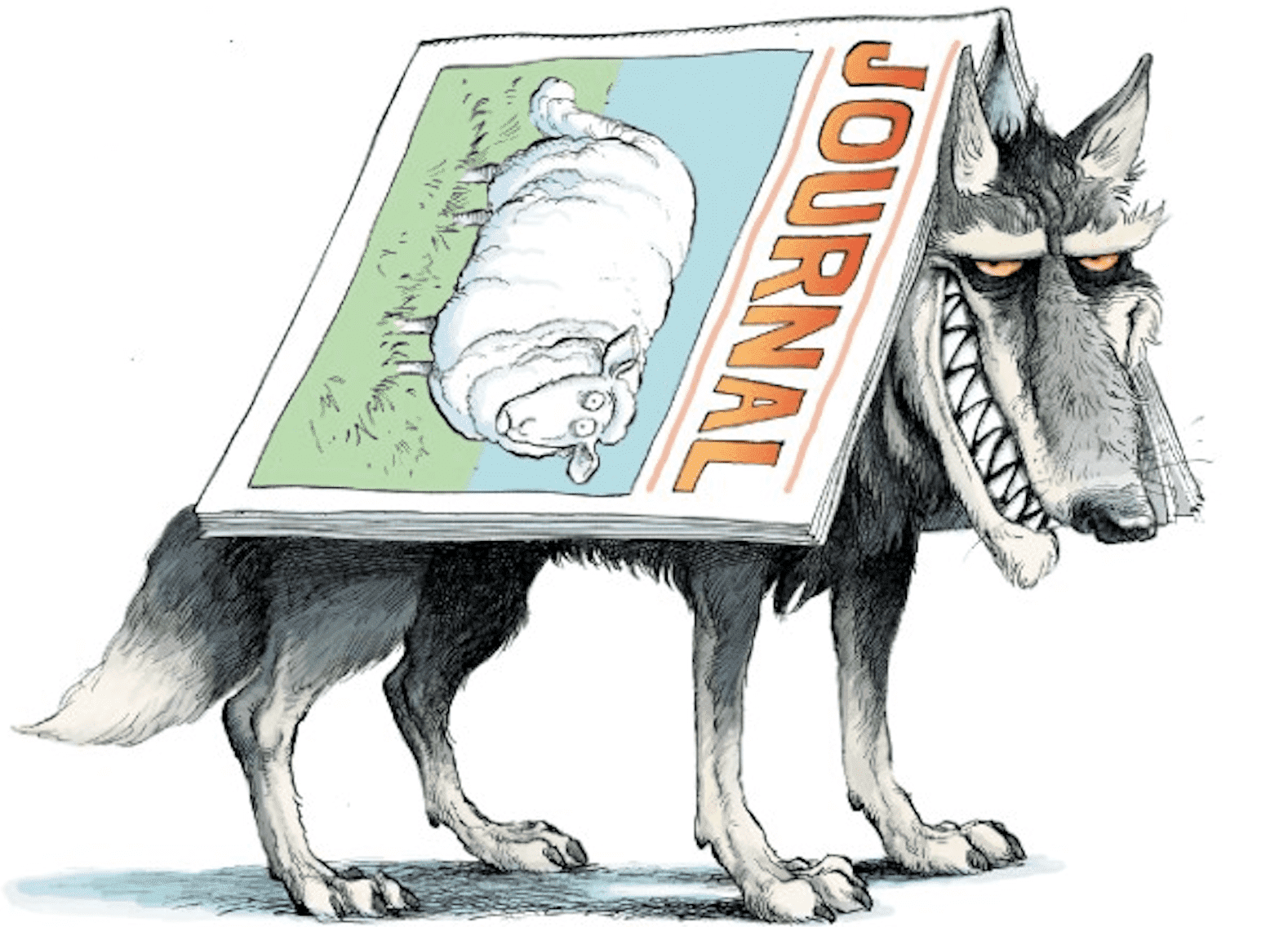Registered Address
Chandigarh-160035, India
Work Hours
Monday to Friday: 9AM - 6:30PM



“We publish your paper in 5 days.” Another interesting one, “Explore your research knowledge” and most common, “Special Issue invitation”. The mails are generally well-written often with images, journal ISSN number and sometimes with editorial board details (sometimes concocted). Sometimes the mail would also refer to your latest article that been published mentioning it as promising that really impressed the editor of the journal. You could also get a mail if your abstract got accepted in a conference or you presented your results in some conference. And, they would ask you to submit the article within next 15 to 20 days as the upcoming issue is due for release. There is one thing that is common about these journals in majority of the cases-Open Access and Online; though the fee that they charge might not be very high. Most of these journals are newly established and looking for prospective clients (aka authors). So, we call these journals as “Predatory Journals”
There has been a surge in the number of journals and publishing houses in the last 5 years. The advent of internet, open access option and online (most of them do not have a print option) platform has given these journals a survival and thriving advantage. They could also mislead you with their so called high impact factor (mostly mentioned with asterisk that would say “Unofficial impact factor” calculated based on last year or last two years). Recognising these predatory journals and publishing houses is important to protect your interest and science/medicine at large.
There are some pointers that could help you recognise these journals:
Following tips would help you to make a better decision about your article:
1. Committee of publication ethics (COPE) has well defined policies for journal publishers and has also defined principles of transparency and best practice in scholarly publication that provide a framework for analysing open-access journals and publishers. A fair knowledge of COPE guidelines would make you better equipped.
2. To know about the journal, one of the best option is to search the journal in NLM Catalogue. This gives the history of the journal and details like whether it is indexed in PubMed wholly or partially. To be available in PubMed, a journal should be indexed in Medline. It is important to note that it is mandatory to include the studies/articles in PubMed that have got NIH grant. In such cases, the journal uses PubMed as indexing database and mentions “selected citations only”. Select the right journal for your article because it is important that your article reaches your target audience. So, be aware and save your article from these “Predatory journals”.
Written by:
Dr. Shivali Arora